There’s no longer any doubt that wind and solar (call it RE for renewable energy) can deliver affordable and clean power — but there’s a great deal of skepticism surrounding RE’s ability to deliver reliable power all year around — that a grid dominated by these resources will develop a duck curve and won’t be able to stay balanced.
Detractors of RE seized upon the duck curve as proof that RE could never be more than a supporting actor on the grid. Some technology promoters use the duck curve as an excuse to hawk their wares. These duck hunters have everything:
- Batteries
- Hydrogen and/or Power to X
- Pumped hydro
- Compressed and liquid air
- Blocks that get stacked in the air by cranes
- Blocks that get pulled uphill by trains
- MTV’s Dan Cortese
Fortunately it turns out the duck curve is largely a manifestation of conventional thinking. An appreciation for both supply and demand side technologies reveals there are far more affordable ways to deal with the duck curve. The demand side needs to learn how to dance to the rhythm of the supply side.
Jim Lazaar, formerly of the Regulatory Assistance Project, put together a handy list of strategies that can be used to manage the impact of the duck curve. With his permission, I’ve modified the original list slightly.
- Electric rates designed with controllable loads in mind
- Inter-regional trading
- Peak-oriented renewables
- Coal retirements
- Targeted efficiency
While RE isn’t going to deliver power that’s too cheap to meter, as nuclear once promised, it’s likely to produce power that’s too cheap to keep.
Throw power away
When I say throw power away, I literally mean throw power away. Perez and Rabago were the first to spell this out. Others had suggested some spill, but these guys recommended upwards of 30% to 35% spill. The modeling community hasn’t fully embraced the idea yet but we’re getting there. The recent Berkeley study for example only spilled about 10%. It’s counter-intuitive but this is arguably a shortcoming of that modeling.
Don’t store the spill. Figure out how to use it in real time.
- Build lots of RE. Plan on overbuilding it such that eventually you’re spilling 30% to 40% of total production.
- Trade electricity regionally. See EIM or EDAM. This is a software over hardware solution.
- Use price signals that drive demand response. There’s a feedback loop between RE and price signals that allows you to reduce spill. This is another software over hardware solution that has quietly saved scads of power from being spilled.
- Deploy heat pumps and EVs and make things like pool pumps controllable.
- Get rid of coal every which way you can and then some. Coal is King of the monsters, so far as carbon and particulate matter go. Don’t let up.
- Use gas as a bridge. Squeeze it out over time and slowly but surely transition over to a clean gas. In the meantime, stop making a false equivalence between coal and gas.
Where possible we should use software over hardware. For example, don’t build a battery that costs a billion dollars, only works 2% of the time and only moves around 100 GWh of electricity. Build an energy imbalance market or an extended day ahead market for $50 million or $100 million that moves around hundreds of gigawatts of electricity. Don’t subsidize batteries so a few rich people can have Powerwalls. Give all consumers price signals and then watch the flexible consumers adapt to those price signals using software to manage existing loads.
The cheapest form of flexibility we have on the power system is price signals combined with demand response. The California Department of Water Resources pumps in California are a good example of this. Ten years ago these pumps operated in the middle of the night but today they operate in the middle of the day when solar is plentiful. This is around 1 GW of water-pumping load that behaves in a totally different way — thanks to new price signals.
The shift in costs is approximately nothing.
This is a wonderful example of solving a problem without installing new hardware. We know price signals work at the industrial level (these are the most price sensitive customers) and the commercial level (second-most price sensitive customers) but we haven’t yet done a good job of extending price signals down to residential customers.
Residential load has historically been stiff, but you have to realize once upon a time we went to Blockbuster to get movies. Things change.
The Missing Power Problem
There’s another beast hiding in the shadows. This beast is known as the missing power problem. The missing power problem is caused by continental-sized weather events which lower the production of RE down to a fraction of rated output. These events occur multiple times a year and can stretch out for multiple days in a row.
The duck hunters and some newcomers have used the missing power problem as yet another opportunity to promote their favored flavors.
- Batteries
- HVDC (See NREL’s SEAMs study)
- Power-to-X
- Biogas
- Overbuilding RE
Analysts have estimated it would cost $2.5 trillion to use batteries to cover the missing power problem. My money is on some combination of Power-to-X, biogas and overbuilding RE.
A recent grid study by a team from Berkeley put things in perspective by suggesting that it would take around 300 GW to 360 GW of gas capacity to solve the missing power problem. It just so happens that we have 300 GW of gas capacity in the U.S. Fueling these plants with a clean and renewable fuel looks to be the most affordable option on the table for solving the missing power problem and getting us to a reliable, affordable and clean grid.
The Big Spill
If we fast forward to a world where 30% to 35% of RE generation is spilled — what does that look like? What does the pattern of the spill look like? At first thought it may seem like we’re spilling a third of our power on a daily basis but this isn’t the case at all. It’s more likely we’ll have multiple spill patterns:
- Heavy seasonal spills in the fall/spring
- Medium weekly spills on the weekends and holidays
- Daily spills in the middle of the night when load troughs and the middle of the day when solar peaks.
In an RE dominated grid, the frequency and duration of the spill is all over the map, but it’s likely going to be dominated by the seasonal spills (the spring in particular). Liebreich points out that building a hydrogen infrastructure around utilizing RE spill to generate hydrogen is a fool’s errand because the pattern of the spill results in low utilization factors.
I think this same argument can be applied to batteries. The idea of utilizing spill at low utilization factors is actually a far bigger problem for batteries than electrolyzers because storing electricity with batteries is far more expensive than storing hydrogen.
Don’t build energy infrastructure to solve today’s problems if they don’t solve tomorrow’s problems. Skip the temporary solutions and build stuff that solves the problems of today and tomorrow.
***
The author is a WECC-based power system operator.
The views and opinions expressed in this article are the author’s own, and do not necessarily reflect those held by pv magazine.
This content is protected by copyright and may not be reused. If you want to cooperate with us and would like to reuse some of our content, please contact: editors@pv-magazine.com.
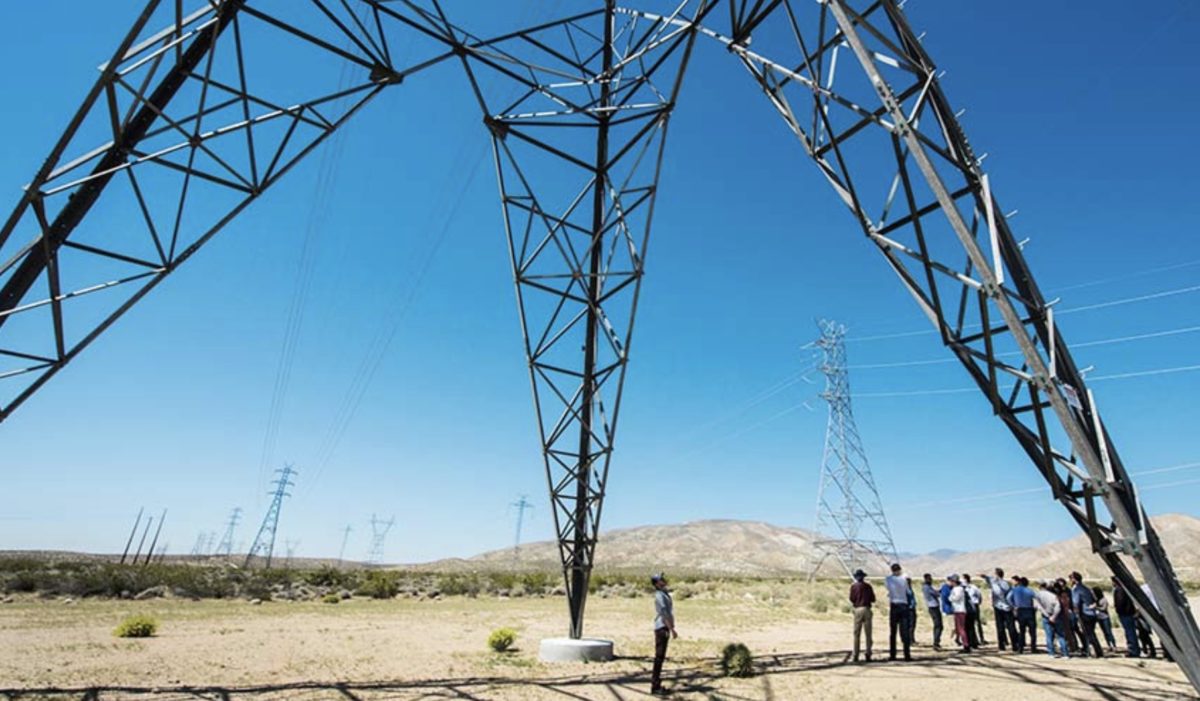
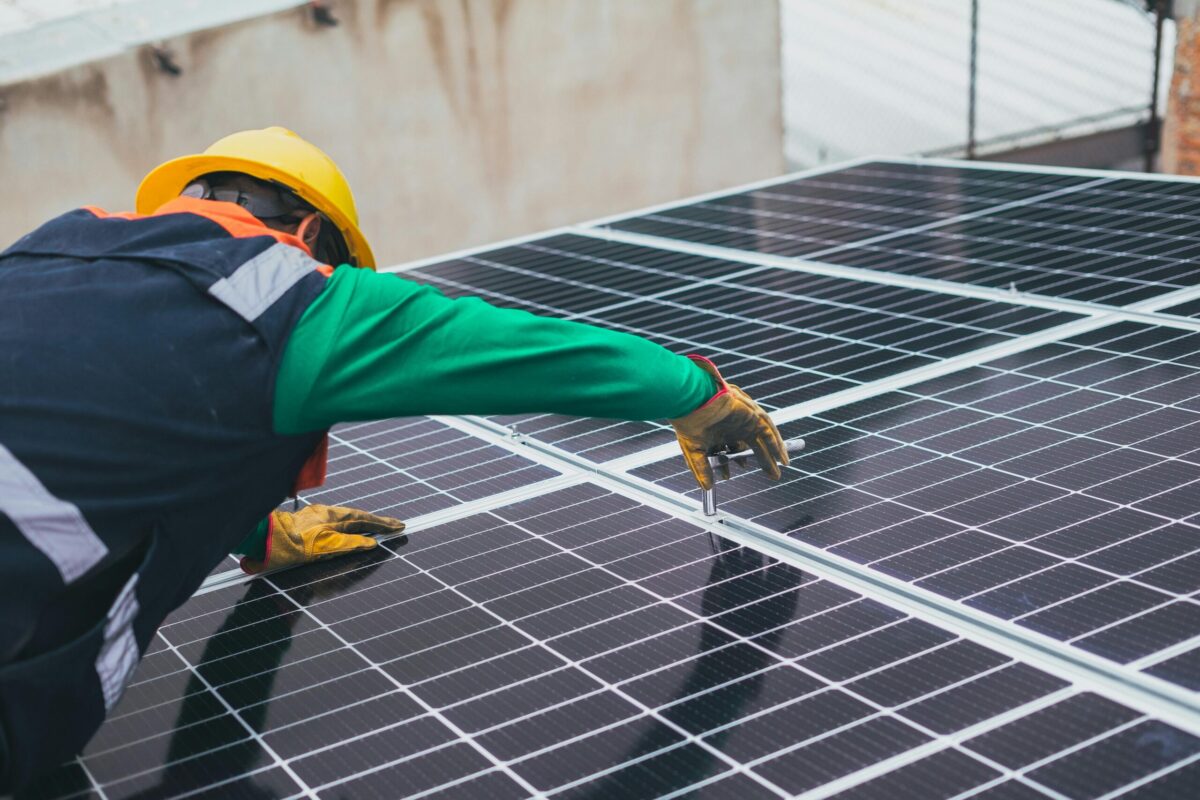

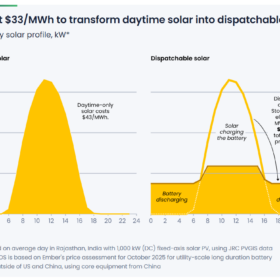
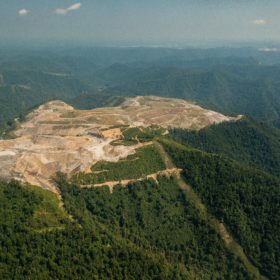
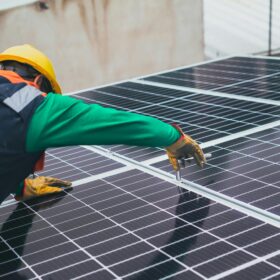
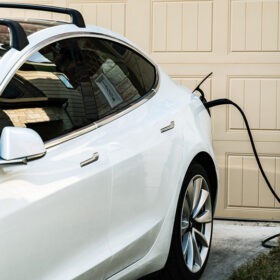
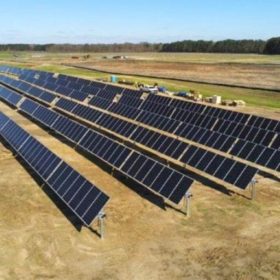
Excellent article. The electricity industry has been dominated for too long by (hardware) engineers looking to build solutions. It needs far more input from software engineers and economists. And politicians have to stop pretending that consumers can’t deal with variable prices – we manage with variable food and petrol prices, we can manage variable electricity prices too.
Energy conservation measures can also be a big contributor. There are many buildings with inadequate insulation and air sealing. The question is whether it’s cheaper to overbuild renewable to accommodate poor efficiency, or to reduce load.
Really important ideas in this article.
Yep rolling brownouts this summer in California. That is not an acceptable solution. You propose making electricity so expensive at peak demand that customers will suffer the consequences of turning everything off.
The duck curve isn’t a may exist it is a fact.
There surely is an electricity price high enough that I would turn off devices rather than pay it. Depending on the time of year, I’d turn off everything, or everything but the furnace fan.
The situation right now is that I pay an average price that includes those astronomically expensive peaks, whether I’m using power at that time, or not.
As a consumer, I want the choice.
I live in Texas and have the choice to pay the spot rate for electricity, and do. When the price spiked to $2 per kWh, the AC was turned to 86, the pool pump was turned off. But, most of the time, the price is 1-4 cents per kWh, plus about 4 cents per kWh delivery charge, and $10 per month to my provider to manage it. The price changes every 5 minutes, but the meter only collects usage every 15 minutes. I have now automated changing the HVAC setpoint with IFTTT, which has triggers on the price of electricity. I would prefer to be able to allow the refrigerator to get a few degrees warmer during a spike. To some degree, it’s a game to play. I’ve reduced my consumption so much during this fall that the $10 power month fee is significantly raising my cost per kWh. But, I won’t stop cooking a meal in progress. I’ve paid as high as $475 before switching to this provider, but last month got it down to $85.
This isn’t for everyone, and I can afford to automate things, while someone on a fixed income could be faced with a disaster in their budget. Some people have experienced that when the price spiked to $9 per kWh, but they were not able to react to reduce usage. But if all new appliances could react to shortages, just to defer power usage for a few hours, there wouldn’t be an issue with shortages. We might have security issues to address, as an attacker could seriously mess with the grid if they could control usage across the region.
I would like to see a similar fluctuating price system here. We pay (CAD$) $0.06 for electricity, price set once a month, plus a transmission fee of $0.125 per KWh set once a year, plus $60 a month for the meter.
We’d of course like a fluctuating rate like Texas has available, a nice, cheap overnight rate for EV charging with the high daytime price peak for solar.
We’re a long way from seeing a ‘duck’ curve here, I suppose we would adapt to run appliances and charge cars at times with cheaper rates.
It seems to me that an “all-of-the-above” solution set will be required to make RE work. In any scenario, where pumped hydro is practical – elevation change – it will always be a winner…until cost is invoked. But….the day will come when in order to save ourselves (note: the planet will be fine when we are gone), cost won’t matter…and we will find ways to do pumped hydro inexpensively. Many point out that existing dams are the place to start: use RE to pump water back up into the reservoir. The western and eastern US regions are blesses with ample elevation change and many existing power generating dams.
There is some loudly trumpeted data that suggests there are a half million places where the topography looks right (from space) for pumped storage. Once the sites with bad geology or lack of water or environmental or incompatible current usage are eliminated, there might not be many left.
There are two sites in Alberta where pumped hydro is being built, one of them is actually at the largest hydro dam in the province, the other is a repurposed coal tailings pit.
The short term challenge of overnight solar storage and variable wind power buffering might be solved with a variety of systems. But probably it’s going to have to be way overbuilt for the 5 sunniest days in July, to produce enough on an average day in September.
Sundance: “You just keep thinking, Butch. That’s what you’re good at.” Seriously. Analysis like this, and like the latest ReThinkX report on Solar-Wind-Batteries, gives one hope that our species’ odds are better than recent setbacks to climate change response would suggest. Overcoming rigid institutions and political indoctrination can seem to be insuperable challenges. But healthy debate over best solutions suggests the naked ape’s unique capability to envision and achieve a sustainable future. And lets keep expanding our survival tool kit, by spending a billion here and a billion there on “hardware”, like Eagle Crest pumped hydro and the New England Clean Energy Connect project. Despite the hollow arguments of third-order environmental impact in a world of accelerating first-order weather devastation.
Nothing here
The main problem that has to be solved is servicing hours when not producing, so for instance here in the USA our contiguous states cover only 3 time zones and the sun shines only about 2 hrs beyond the normal workday. It makes sense to at least try to store excess production when solar is not producing.
The other issue conveniently not mentioned in this article is the massive new transmission infrastructure that’d be required, and likely “smart” and capable of extremely long distances beyond anything that is supported today. Numerous issues of cost, technology, integration and interoperability has to be addressed.
I think it’s a case of ‘A Penny Saved is a Waste of Time’.
We have 10 KW solar with 7.5 KW inverter, over the year it makes almost the same as it would have with a 10 KW inverter.
The amount ‘thrown away’ is minimal, adding 1 or 2 more KW would flatten the output curve somewhat through the day, increase output on cloudy days, still wouldn’t be worth buying batteries. I think the general idea of overbuilding makes sense at scale, too.
Hi Tony,
There’s quite a bit here that most folks don’t yet understand. I didn’t focus on the transmission buildout because we don’t need to expand transmission as much as most studies suggest. I had intended to write a follow-up article but I couldn’t find enough research supporting this idea. I spoke to several energy gurus and made some progress but couldn’t quite get the idea up to critical mass. Meh… The timing wasn’t quite right… Last year a research team published a paper that goes through the numbers and explains that over-built RE reduces the need for grid storage and transmission.
https://www.nature.com/articles/s41467-021-26355-z
Dr. Marc Perez had previously shown that over-built RE reduces the need for grid storage by 90%. This blew my mind when I first read the paper and it changed how I looked at things. This new research suggests a similar dynamic happens with transmission. The reduction isn’t as dramatic but it’s there. I’m confident additional research will show that load control technologies will similarly reduce the need for both grid storage and transmission. There’s amazing stuff happening in the grid modeling space. Things are getting very obvious but the zeitgeist is stuck in 2016 for whatever reason.
When you over-build renewables in the right way you reduce the load on the transmission system. If you look at the data from CAISO you can see hints of this. Year by year the additional solar is reducing the amount of electricity imported into the state and shifting when it’s imported – i.e. reducing the load on the transmission lines specifically during the historical high load hours which the system was built to serve. California is the largest importer of electricity in the US but 10 years from now I figure the imports will be half of what they are today. Don’t hold me to that prediction. California could easily be a net exporter in 10 years… 70 TWh is well under 50 GW… That’s not a big pull for the 5th largest economy in the world. Diablo throws a bit of a wild card into the situation but even with the loss of 17 TWh, I could see California going netex.
IIRC, back in 2019, CAISO became a net electricity exporter (on an hourly basis) for the first time in history. As we add more and more solar we may end up seeing more hours where this happens but if we set up our policies correctly we’ll use dynamic prices to encourage self-consuming the electricity inside the state. Basically, we’re heading towards a future where solar should allow states and/or regions to become more self-sufficient and rely on regional transmission less.
I can’t think of a tool quite like over-built solar/wind. To some degree, nuclear power produced some of the same pricing dynamics but only in places like France, South Korea and Japan. We’re finally starting to see the policy changes we need to super-charge RE so the next 10 years will be very interesting.
PS… I do not know Randy Wester but I appreciate your bulldogish defense of the article.
The decreasing LCOE of renewable energy portends a green energy future for our planet. The difficulty is due to the duck curve. The developments in battery technology could make it a more cost competitive option than over building renewable. The battery option has the advantage of being a local energy support solution.
Solar and wind plants are called ‘farms’ for a reason.
All farming is ‘overbuilt’, with any excess stored if feasible, sold off cheap, diverted to lower uses, or simply dumped.
The idea that solar PV is somehow too precious to waste a single electron dates back to when the panels were very expensive, and it ain’t so today. Storing a full sunny day’s solar electricity in batteries for a cloudy day is more expensive than simply installing twice as many panels, and having enough on most cloudy days as well.
Randy Wester, as suggested in this article and your comment : The solution for global electrification maybe cooperation for an overbuilt solar/wind energy solution built predominantly around the equatorial countries that transmits and distributes power around the globe. Storage solutions may then be
very important only for off-grid establishments. Though, this vision is stunning, such a global grid may cause national conflicts. More likely every country would want it’s own national grid. Then the role of baseload power supplier such as nuclear power would become very important.
I didn’t see anything in the article about building solar primarily around the equator, but it seems obvious that solar is easier to work with where seasonal variation is minimal.
Nuclear power is emissions free, safe, reliable and cheap. GWh of power generated, it is much safer than anything else. If you think radiation is dangerous then refused to have it when you are diagnosed with cancer and need extremely high levels of radiation. Even though healthy tissue is exposed to levels that would be fatal if your whole body was exposed to them, the chances of your getting radiation induced cancer are extremely low.
Nuclear power lets people use electricity when they need it and it doesn’t impoverish people who, like almost everybody else, needs it at most over peak demand times.
Basically your proposal punishes people for your folly in promoting solar power while, at the same time, accepting that storage is far too expensive.
When that comes along, I will buy shares in emergency diesel generator manufacturers. Because that is what people will do.
We’re likely going with natural gas cogeneration for winter, but we’ll aim to produce at least as much electricity over a year as we consume.
Excellent article.
I do think the us gov role could be to promote more interconnections between the grids. HVDC or even HVDC superconducting could be built and it would greatly help the balancing of power across the US. Here in new england we are building interconnects to canada from their large hydro production. One is being proposed in Maine.
Well written! Another valuable perspective on an extremely complex problem.